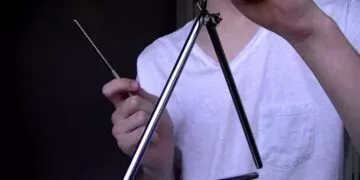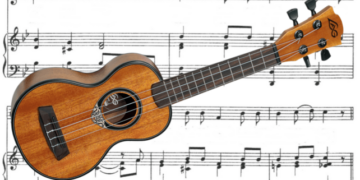Get ready to rock and roll with some groovy guitar facts that are sure to strike a chord with your inner musician.
You might think you know everything about this iconic instrument, but trust us, there’s more to the guitar than meets the eye.
From guitars with more than six strings to the fascinating history of guitar strings, we have a fantastic lineup of guitar tidbits waiting for you.
So, grab your air guitar, and let’s dive into the world of six-stringed wonders!
Not all guitars have six strings.
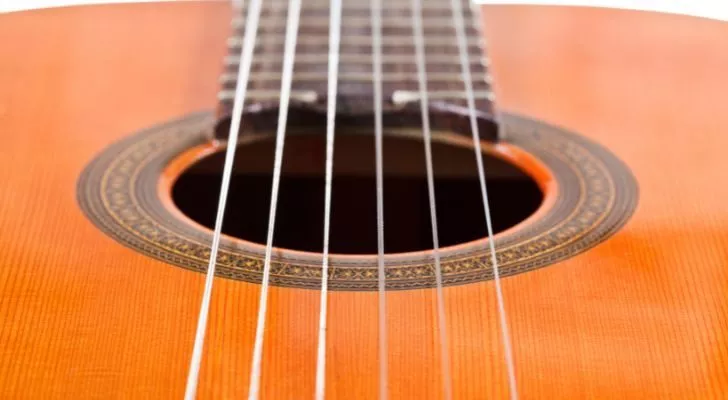
Most guitars you’ll see have six strings, but an example of a guitar with more than this amount would be the double-necked guitar.
It’s an eye-catching type of guitar since it looks like two guitars (either acoustic or electric) attached together with 12 guitar strings overall.
But it’s worth noting that there are also single-necked guitars with a dozen guitar strings.
Guitar strings weren’t always steel or nylon.
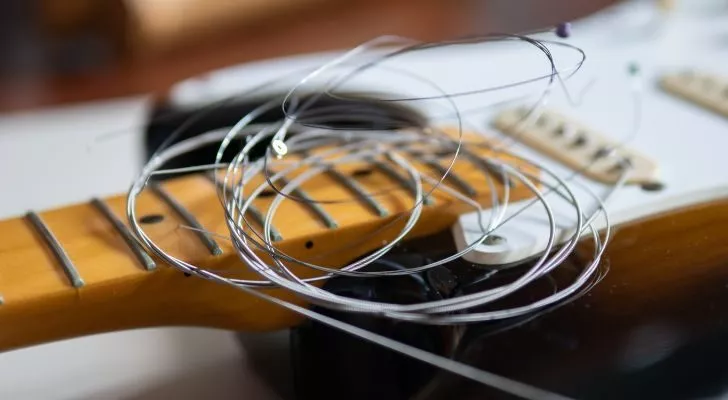
Steel and nylon strings are commonly used for guitars. The former is for playing rock on electric guitars or country music on acoustic ones. Meanwhile, the latter is for playing classical music on acoustic guitars.
Before the 1900s, though, most acoustic guitar strings were made of catgut. But don’t be fooled! They weren’t made from cat intestines. Instead, goat, sheep, or cattle intestines were used.
You can play the guitar upside down.

Almost all guitars are right-handed, but Jimi Hendrix (a well-known left-handed guitarist) refused to use his right hand to strum the guitar.
So, he turned the guitar upside down and rearranged the strings to create a left-handed guitar – there are already left-handed guitars in the market, but they aren’t as easy to find.
You can also play the guitar while it’s lying down.
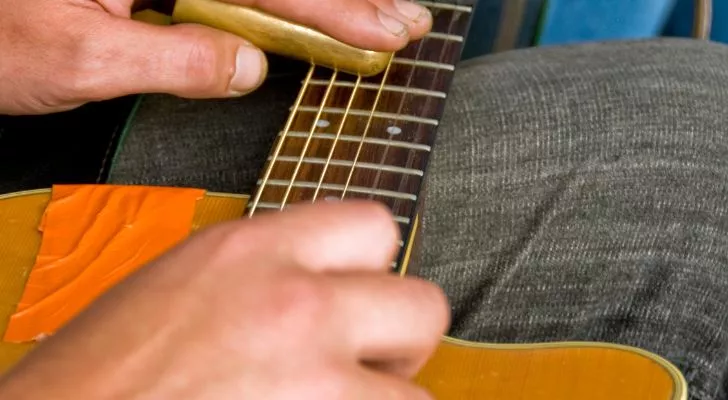
This unique way of playing the guitar is called lap tapping, and it’s done by lying the guitar on your lap.
Both hands are used in lap tapping, pressing down the strings to make it sound like a piano. It’s worth noting that you can still tap the guitar strings while holding it normally.
The hole found in acoustic guitars makes them sound better.
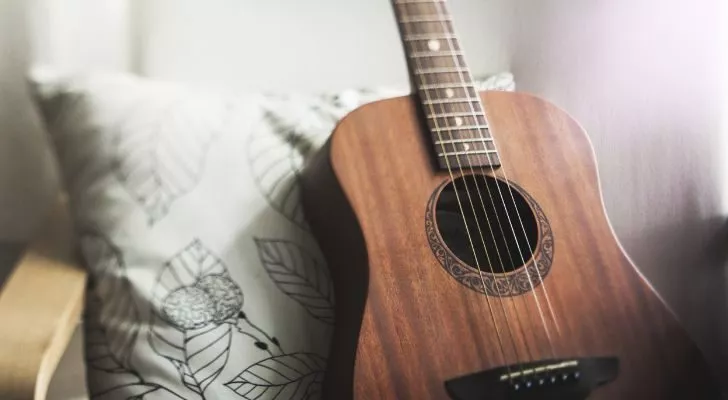
It’s called a soundhole, which amplifies the sound of acoustic guitars and opens up the tone.
Although, some acoustic guitars don’t have a soundhole. This results in a more quiet acoustic guitar, preventing disturbance.
A soundhole cover is also used to mimic the effects of an acoustic guitar with no soundhole.
There are special holidays dedicated to guitars.
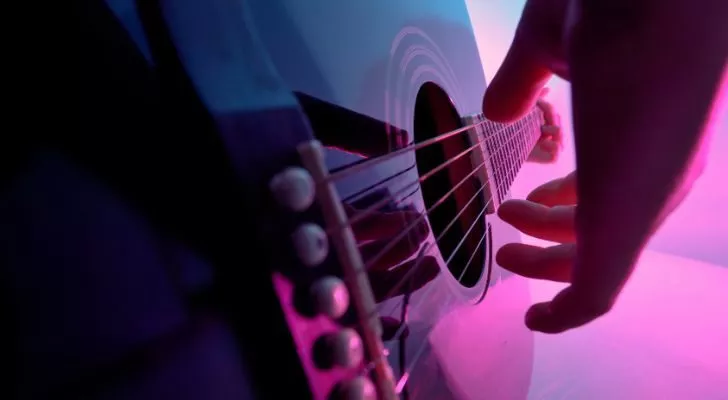
To commemorate guitars, guitarists worldwide celebrate National Guitar Day (also known as Get Out Your Guitar Day) on February 11 every year.
Besides National Guitar Day, though, there are other examples of special holidays for guitars, like National Electric Guitar Day (November 27), International Guitar Month (April), and Hug a Bassist Day (November 13).
Bending guitar strings can change their pitch.
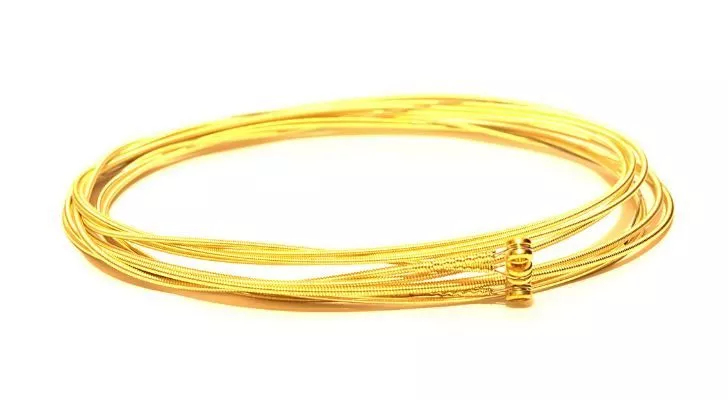
There are different types of string bending, but one of the most common types is the full-tone bend, wherein you bend the string to match the tone of the second higher fret.
Don’t know what a fret is? Fret not – they’re the sections in between the fret wires or metal bars located along the length of the guitar’s neck.
Other examples of the types of string bends you can do are semi-tone, quarter-tone, and unison-tone bends.
A capo is used for raising the guitar’s pitch.
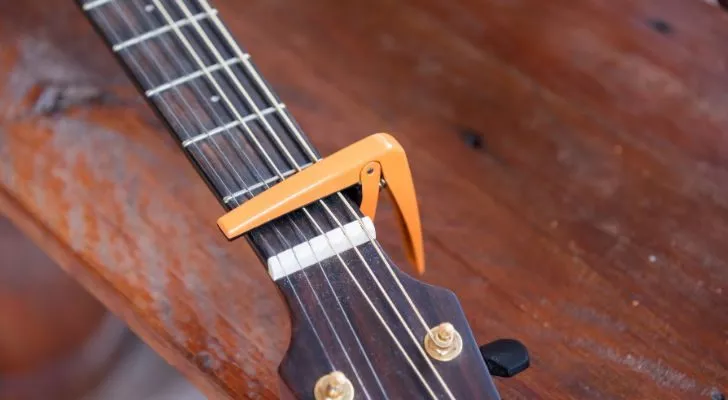
This accessory looks like a clip, and it clamps onto the guitar’s fret wires to shorten the length of the strings. This, in turn, causes the guitar’s pitch to rise.
While capos are often used in many genres, they’re typically not used when playing jazz or classical guitar music.
Slide guitar is a technique used in blues music.
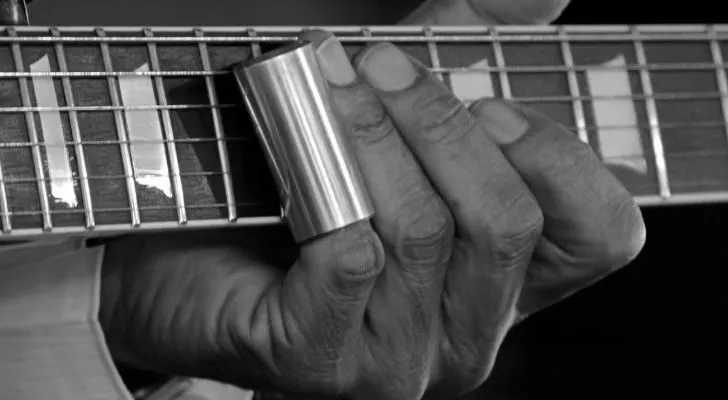
It works by using a cylindrical object (typically made of glass or metal) inserted onto your finger. An interesting sound is then made after sliding the object against the strings.
You can also apply this technique when playing the guitar while it’s lying down! There’s even a dedicated guitar for this, which is called a lap steel guitar.
The pickup is what makes electric guitars work.
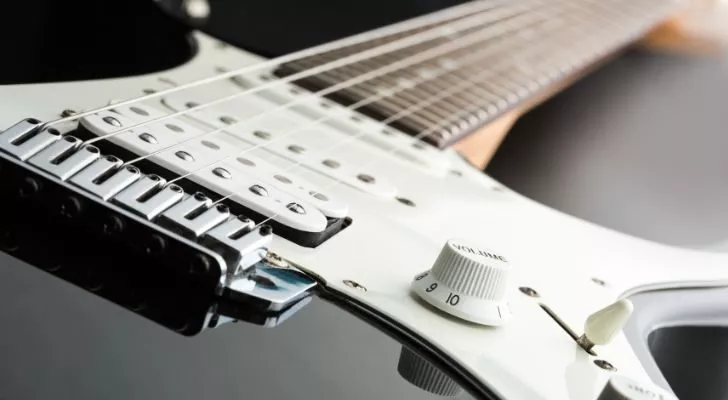
You can find the pickup underneath the strings of an electric guitar. They make electric guitars work by converting the string vibrations into electricity through the amplifier to produce sound.
Electric guitars can still work without amplifiers, but they make so little sound that this is only really useful for practicing.
A violin bow can be used on guitars.
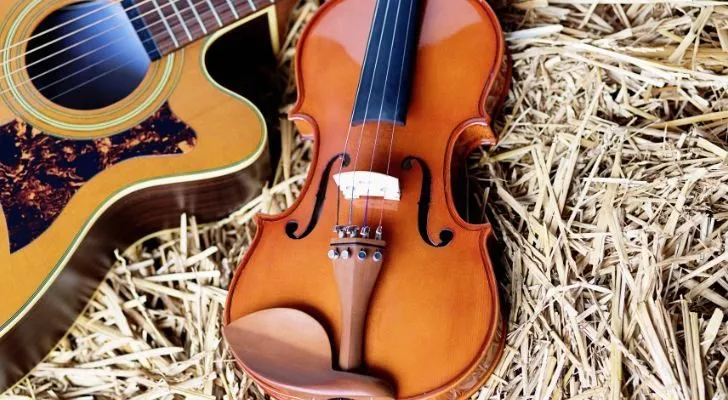
Drawing guitar strings with a violin bow can be challenging since its bridge isn’t set high, unlike violins. The bridge is what supports the guitar strings and is found on the guitar’s body beside the soundhole.
Despite the difficulties involved, bowed guitars have been used by legendary bands like Led Zeppelin and Sigur Rós.
The type of wood used can affect a guitar’s tone.
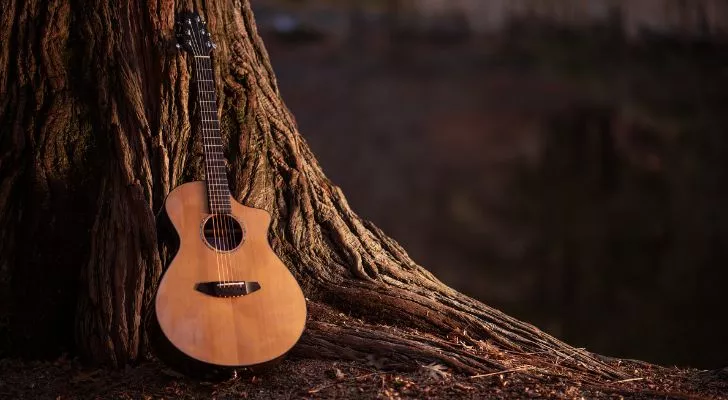
What causes them to sound slightly different is the different properties of each type of wood.
For example, guitars made of lighter wood (like maple) have a brighter sound than those made with darker wood (like mahogany).
Besides the type of wood, other factors that can also affect a guitar’s sound are the guitar strings, amplifier, and pickup.
Modern guitars originated in Spain.

The modern guitar was made in 1817 by Antonio de Torres in Spain and was larger than the guitar-like instruments beforehand. As a result, the tone of the stringed instrument became louder.
However, remember that the roots of guitar-like instruments go way back to Ancient Egypt.
Guitar picks have different thicknesses.
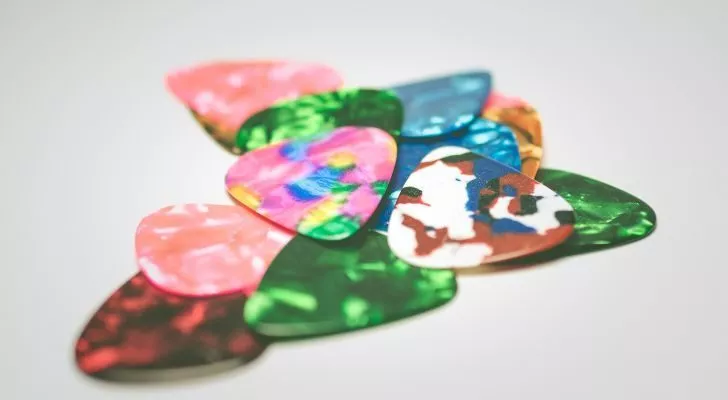
Thicker guitar picks are used by lead guitarists for flatpicking, using a pick to pluck each guitar string.
On the other hand, thinner guitar picks are recommended for beginners since they’ll most likely do strumming rather than flatpicking.
But apart from the thickness, guitar picks vary in size, shape, and material.
Some guitarists intentionally damage their brand-new electric guitars.

Not all guitarists want a shiny new guitar, especially if they’re playing grungier music, so it’s not uncommon for guitarists to scuff up their guitar a bit.
This process is called “relicing,” wherein the electric guitar’s body is scratched, and its paint is chipped so that the guitar looks old enough to be a relic.
Unfortunately, a lot of the times people do this, their guitars end up looking like pieces of junk rather than time-loved instruments!
From the intriguing origins of guitar strings to the unusual ways to play this beloved instrument, we hope you’ve enjoyed this melodic journey through the world of guitars.
Whether you’re a seasoned guitarist or someone who’s just picked up a guitar pick for the first time, these facts are bound to add a little extra groove to your musical knowledge.



